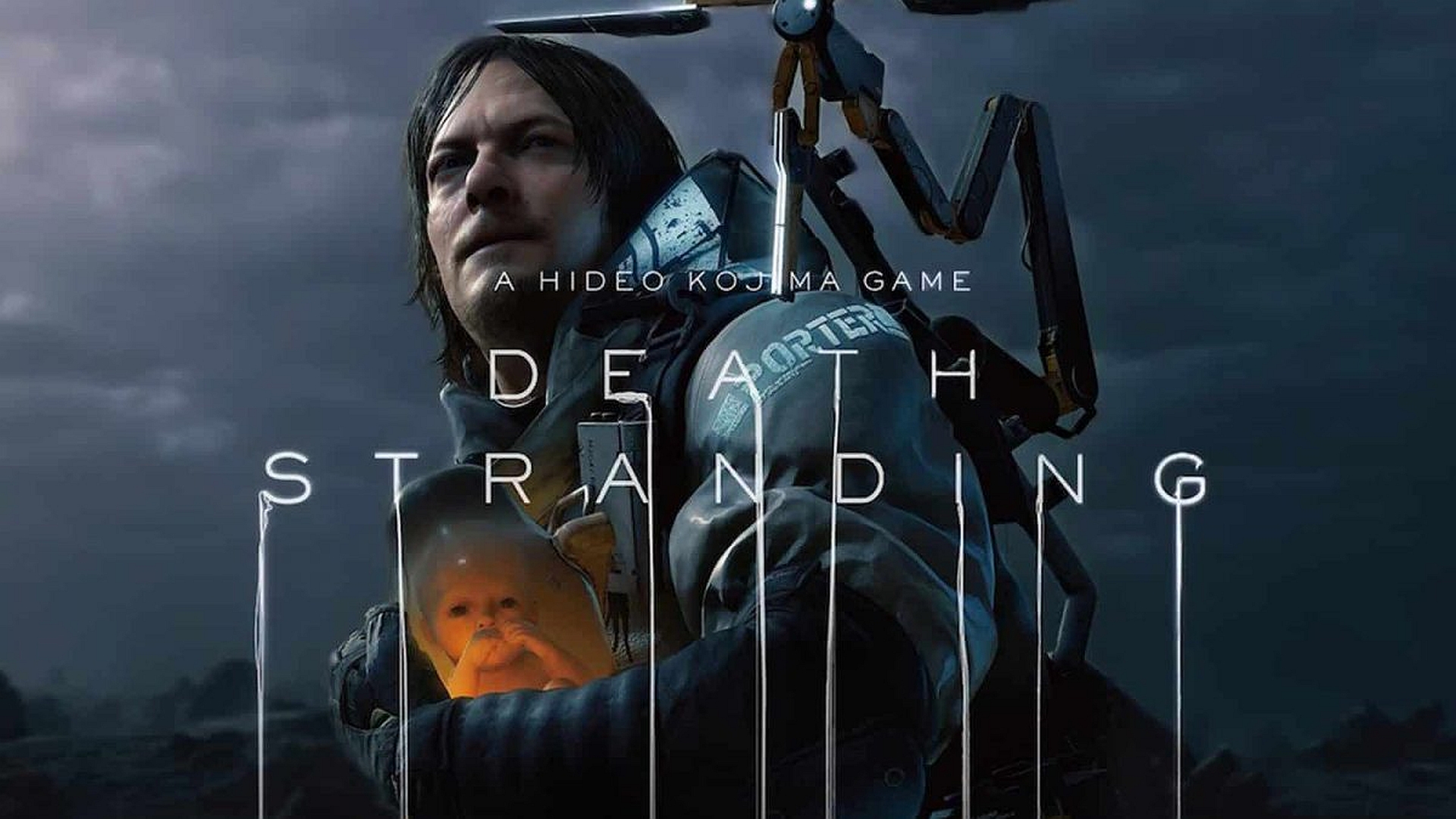
@RobotCookie
When Hideo Kojima left Konami in 2015, it was a shock to his fans and the gaming public. Kojima had long been one of their star game creators and his Metal Gear Solid franchise was a critical and financial hit for the company. While his sudden exit was surprising, it was obvious that Kojima needed to strike out on his own to allow his creativity to fully flourish. After he left, he reformed Kojima Productions as an independent studio and teamed up with Sony to develop a new IP which eventually became Death Stranding…
Death Stranding had quite the mysterious development with information about the game being released at a snail’s pace. Each trailer was stranger than the last, and I will fully admit I had no idea what to expect when I finally had the game in my hands. Kojima has always liked to have a bit of gravitas surrounding his game releases and this one is no different.
So what the hell is Death Stranding about?! In the most basic sense, it’s a sci-fi story about the ways people try to connect with each other. The game follows a delivery man named Sam Porter Bridges (played by Norman Reedus), who delivers cargo in a post-apocalyptic America where the line between life and death has been blurred. An event known as the “Death Stranding” has opened a portal to a purgatory dimension called “The Beach”. The Beach is home to Lovecraftian horrors called “Beached Things” or BTs that travel the land consuming the living and dead alike.

They produce a phenomenon called “Timefall” which is a rain that rapidly ages whatever it touches, and when someone dies the BTs will consume it and cause a giant implosion called a “Voidout”. Got all that? Probably not! What sounds complex on the surface due to the terminology actually does make a lot of sense in the context of the game. Due to all this gnarly stuff going on, people are afraid to travel, so the remaining cities have isolated themselves. Porters like Sam are vital because they brave the dangers of the BTs to deliver goods to different cities.
This game has been referred to as a “walking simulator” by some people, but that is an obtuse way of viewing the gameplay. It is true that a bulk of the player’s time consists of traveling from place to place, but the mechanics are much deeper than it seems. First and foremost, the player has to be constantly cognizant of how much weight Sam is carrying and how it is distributed. The gear on Sam can be moved around to various places on his body and both the layout of his cargo and the weight itself affects his balance and maneuverability.

Getting from point A to point B becomes an environmental puzzle, as the land has been retaken by nature and Sam has to travel across rocky terrain, cross rivers, etc. He has a plethora of tools at his disposal, and as the game progresses he is constantly given new ones to work with. Eventually, the player is given the ability to ride vehicles and make weapons. Stealth is a main component of the gameplay, with the player using it to sneak past BTs if they encounter them. There are also people known as Mules roaming around. Mules are ex-porters who are addicted to delivering packages and will beat you up and steal your cargo if they see you. Sam can either sneak past them, sneak behind them and incapacitate them, or take them head on.
The theme of Death Stranding revolves around communication and cooperation and the game has a robust online social network that lets players build bridges and leave items for other players to use while they are playing. When you come upon these structures you can dole out “likes” and the other player will be notified when people like their contributions. It functions in exactly the same way as social media, but in a more tangible way.
Kojima has said his game is about bringing people together and it definitely does just that. Although Sam’s journey is a lonely one (which is infused into his personality as he has Haphephobia, which is fear of being touched), you are constantly reminded of other people’s existence by finding and using the gear and structures they leave behind. The idea of using the game as a common ground to unite people in real life imparts a meta aspect to the narrative; just as Sam is connecting the communities and cities in the game, the game itself is uniting gamers all over the world.
The most divisive aspect of the game is bound to be the narrative and the way it’s presented. The first 4-5 hours of the game is front-loaded with exposition and world-building, which might turn off more impatient gamers. I would compare the pacing of this game to an art house film, in which much time is spent of creating atmosphere and mood. It picks up into a compelling and addicting gameplay loop after those first several hours, however, and once the player understands the concepts of the story, it becomes extremely intriguing to see it play out. Kojima has long been trying to fuse video games and movies together, and fans of one medium might not be fans of the other, so it ends up having a niche fan base. Video games tend to be company-driven affairs instead of auteur-driven and that is what makes Kojima’s games stand out. They feel like personal pieces of art, and those always ends up being divisive.
That being said, Death Stranding certainly isn’t perfect. It’s extremely self-indulgent, and without any editing Kojima can go off on some pretty wild tangents. The game mechanics could be explained a bit better; there are a lot of things dumped onto the player early on in the game that can be quite confusing, especially with the weird story details coming so fast and furious. On the positive side, the graphics and music are absolutely incredible. The character models and facial animations are some of the best the PS4 has to offer. Every once in a while there is a “set-piece” where atmospheric music will play as the player approaches a big city, and it’s a beautiful experience to slowly walk up to an expansive view with moody music accompanying the journey.
Death Stranding will not be for everyone. It’s esoteric, bewildering, horrific, funny, slow paced, high concept, and it takes all the elements of video games and throws them to the wind. Kojima understands the mechanics and rules of gaming well enough to break them, and it’s refreshing to see an AAA game that has the balls to try something different. If one goes into this experience with an open mind, there is so much wonder to uncover. 4.5/5 Fetuses.
-Michelle Kisner

